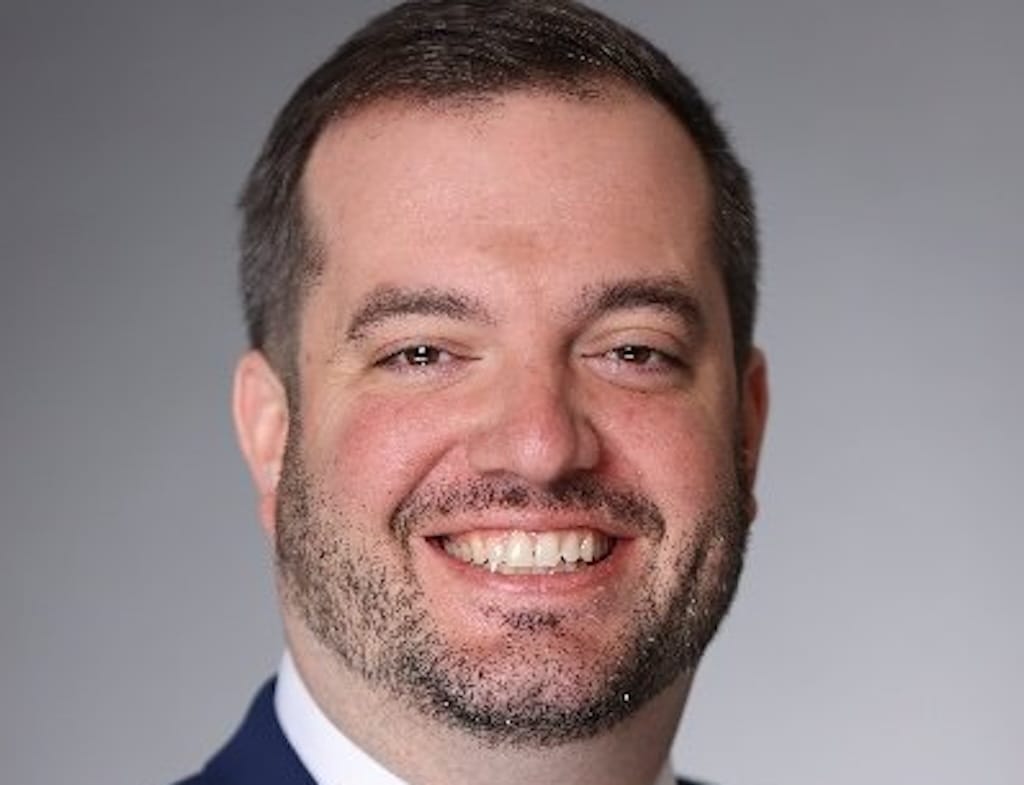The Iceman Cometh Not
People store perishable food in refrigerators these days. Perhaps that’s a lesson television broadcasters should take to heart.
In days gone by, people stored perishable food in an icebox, a cooler that had to be replenished regularly with fresh blocks of frozen water, delivered by an iceman. Food in iceboxes stayed moist, instead of drying out as it does in today’s refrigerators. Ice cut in winter didn’t harm the environment. And daily visits from the iceman provided contact for shut-ins. But refrigerators, with few exceptions, replaced iceboxes.
That’s not the only technological change we’ve experienced. Automobiles have, for the most part, replaced horse-drawn carriages. The C. R. Wilson Company was, a hundred years ago, the world’s largest manufacturer of such carriages. They are no more. But the company founded to build automobile bodies by two of its workers, the Fisher brothers, lives on as part of General Motors, the world’s largest automobile manufacturer.
Plain-paper photocopies have largely replaced both carbon copies and photographic copies requiring wet-chemical processing. The Haloid Company, which made the papers used for the latter, became Xerox. And when Xerox lost its monopoly on plain-paper copying, the company moved into other forms of information processing. Some organizations can deal with technological change.
Then there’s television broadcasting. Addressing the Television Critics Association (TCA) last month, departing WB network CEO Jamie Kellner said, “Technology used to be our friend. Now it’s becoming the enemy.”
Kellner was referring to such problems as DVDs reducing the value of reruns, multiple channels fragmenting audiences, and such other in-home entertainment options as video games and the Internet. At a 2002 TCA event he decried personal video recorders, such as ReplayTV and TiVo.
If the WB under Kellner took steps to deal with his modern-times demons, they were not well publicized. But some television broadcasters, most recently those affiliated with USDTV, have tried to deal with technological issues.
To some in Washington, the FCC gave broadcasters the present of a second channel for the digital television transition. This “present” has thus far cost broadcasters millions of dollars. Despite digital TV transmissions beginning as early as 1996, the number of U.S. households equipped to receive them has yet to hit even one percent.
Congress wants to study the Berlin transition from analog to digital television, completed in just nine months. The NAB wants to study the U.K. Freeview service, growing by leaps and bounds.
What do those systems have that the U.S. doesn’t? Berlin offered subsidized set-top boxes for the poor; others paid as little as about $100—much lower than U.S. prices. Both use European DVB-T technology instead of U.S. ATSC. Perhaps most important, both offer a free-to-view multiplex of channels roughly equivalent to basic cable television. In the U.S., each broadcaster is on its own—except in Salt Lake City.
That’s USDTV’s first market, in part because it’s topographically ATSC-friendly. USDTV, which launches this month, provides broadcast (ABC, CBS, Fox, NBC, Pax, PBS, UPN, and WB) and cable (Discovery, Disney, ESPN, ESPN2, Food Network, HGTV, Lifetime, Lifetime Movie Network, and TLC) programming via off-air digital television signals. USDTV costs a lower-than-cable $19.95/month instead of being free, but it offers some HDTV, unlike Berlin and the U.K. Subsidized set-top boxes cost $99.95 at Wal-Mart and RC Willey with a one-year service commitment. Free installation is provided.
Will USDTV succeed? It rises from the ashes of WOW-TV, which was to have taken off at the Salt Lake City Olympic Games in 2002. Having failed once, USDTV CEO Steve Lindsley is trying again.
At least he’s trying, not decrying.
The professional video industry's #1 source for news, trends and product and tech information. Sign up below.
